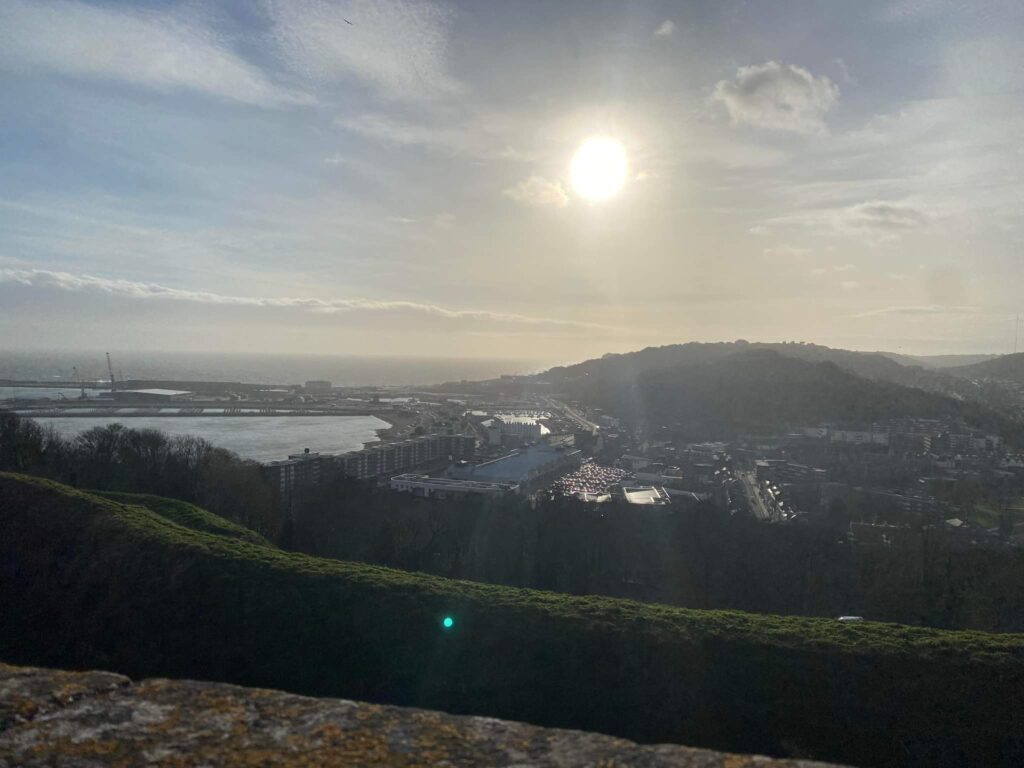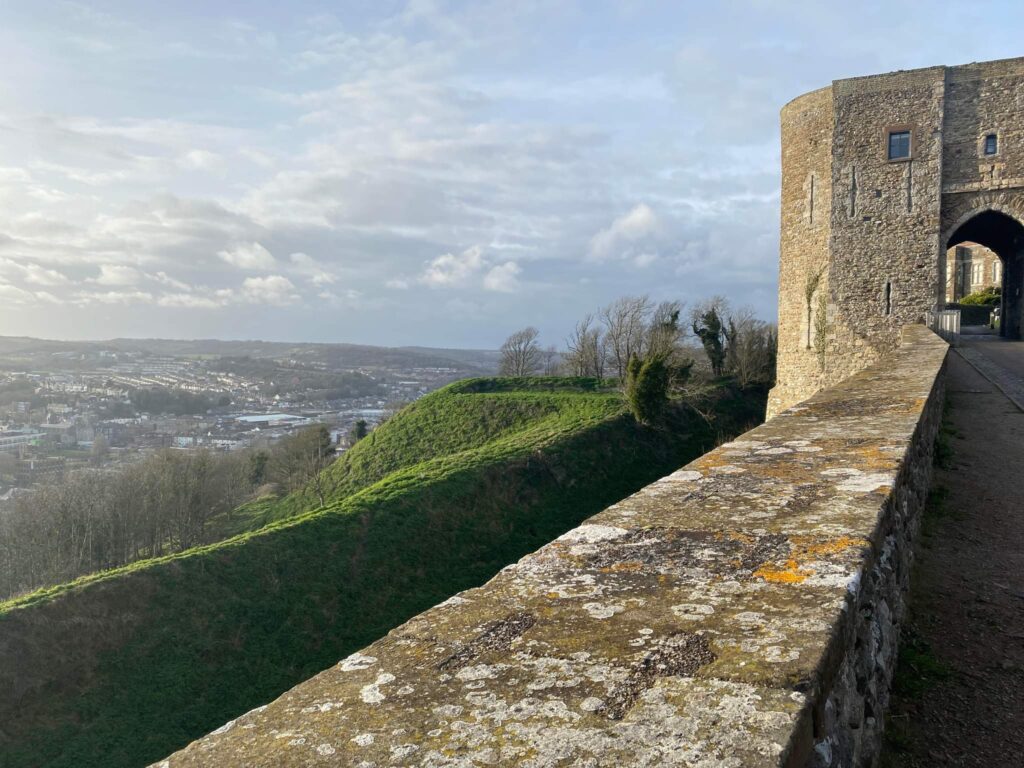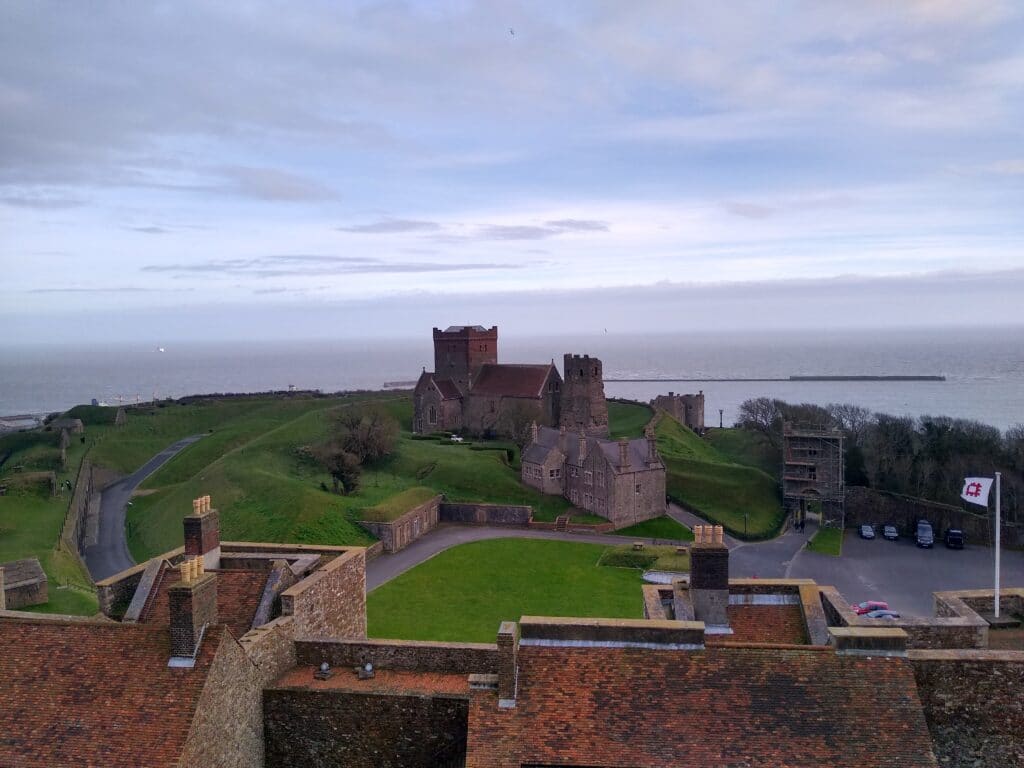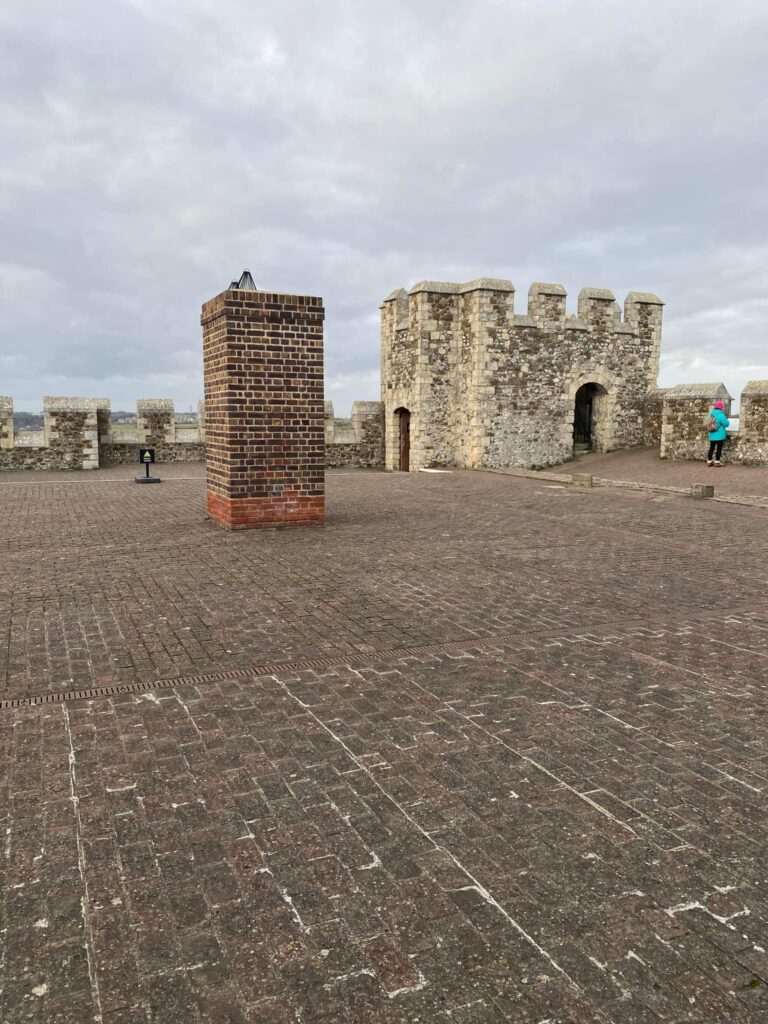Out and About: Dover Castle
Written by George Peckham, ITP Assistant
With the spread of Covid-19 and the subsequent lockdowns, it has been a long time since we have had an ‘Out and About’ blog. I thought I would bring this topic back to the ITP blog and share a little bit about a recent day trip I spent at Dover Castle!
A couple of friends and I decided we wanted to go somewhere for the day. We wanted to get out of London, but to somewhere we could reach by train. We decided to head south to port town of Dover and spent most of the day visiting its famous castle. I had visited the castle a few times in my life, for school trips and family days out, but it had been a good 10 years since my last visit.

Dover Castle sits on a large hill overlooking the town. Its held an important strategic position as Dover is the shortest sea crossing between England and Continental Europe. The site has evolved over the centuries and has had lots of different uses.

The main castle itself was established by Kind Henry II in around 1179. Henry II is perhaps most famous for his conflict with Thomas Becket, the Archbishop of Canterbury, which eventually led to Becket’s murder in 1170. There was recently a special exhibition about Beckett at the British Museum.
You can still enter the great tower where English Heritage, who now look after the castle, have recreated the rooms to how they may have looked in the 12th century, with a kitchen, throne room, bedrooms and more. You can climb to the top of the tower and get a great view of the Roman Lighthouse and church which both predate the construction of the castle.


Over the following 800 years, Dover Castle has seen changes and had many uses, but perhaps what it is most famous for is the important role it played during the Second World War. A network of tunnels were built into the Castle Hill and was used as a naval headquarters where the British conducted many operations in their fight against Nazi Germany. The tunnels played a central role in the planning of Operation Dynamo, the naval evacuation of retreating British and French soldiers at the French coast at Dunkirk who were surrounded by the German army. Later it would help in the planning of Operation Neptune, the naval element of the D-Day landings at Normandy.
Visitors are taken on a guided tour of the tunnels, which take you through their history during the War. Many of the rooms have been kept the same and you can see the equipment that was used to plan these operations. There are films projected on the walls and narration which try to recreate the atmosphere of working and living in these tunnels during the war. You are not allowed to take photos in the tunnels, but there are some collection highlights from the tour on the English Heritage website.


Dover Castle is a fun day out, with centuries of fascinating history. It even comes with some great views of the sea the famous Dover cliffs. On a clear day you can see the France coast on the other side of the Channel.
